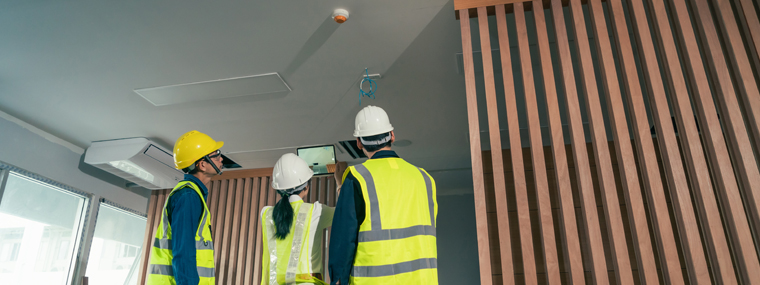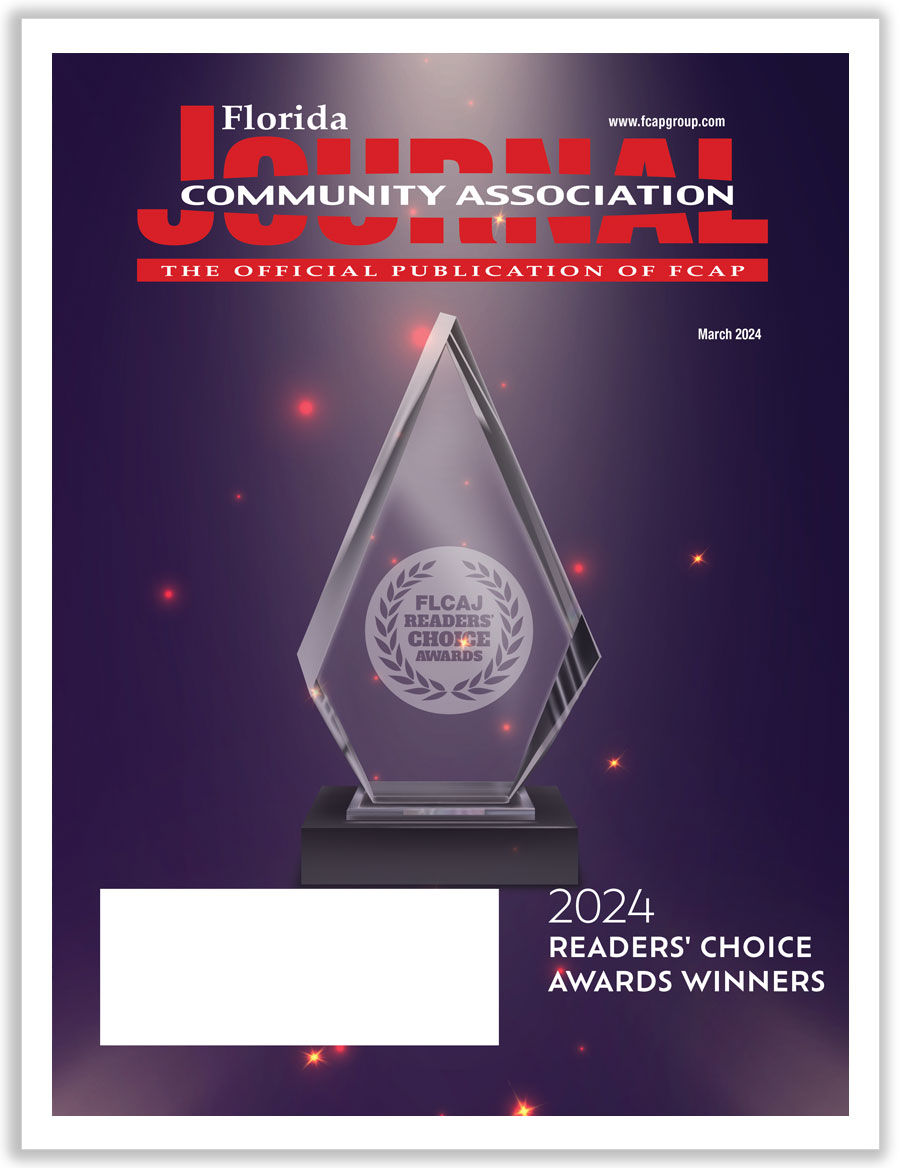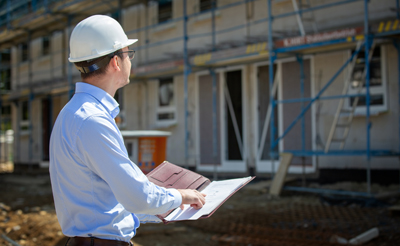
Great Responsibilities
By Anastasia Kolodzik, PRA, RSS, CAM / Published January 2024

In the upcoming months associations will be taking on a great responsibility to meet the newly passed structural integrity reserve study (SIRS) requirements. But where do they start? In this article we will lay out a “plan of action” to answer many burning questions.
Firstly, one of the most important points to remember is that the milestone inspection and a structural integrity reserve study are two separate things. They can be done simultaneously, but it is not a requirement to do so. A milestone inspection is required for any condominium building that is three stories or higher and is 25 years or older (or 30 years if more than three miles from the coast). These must be performed every 10 years and reported to local municipalities. A milestone inspection must be performed by a licensed (in Florida) engineer or architect. There are two different levels of milestone inspections. Phase I is a visual evaluation only and requires the engineer or architect to visually inspect all structural components and assess any needed repairs. If the building has issues, the engineer or architect will elevate the inspection to a Phase II. This requires more invasive testing and will initiate the bidding process for repairs or restoration. Milestone inspections deal with the issues here and now.
Structural integrity reserve studies are required for every condominium that is three stories and higher and was in operation on or before July 1, 2022. This means that even if your association is “brand new,” you still need to perform a SIRS by December 31, 2024, and have the identified items fully funded by then. A SIRS addresses eight items: roofs, structure (including load-bearing walls and other primary structural members and primary structural systems), fireproofing and fire protection systems, plumbing, electrical systems, waterproofing and exterior painting, windows and exteriors doors, and any other item that has a deferred maintenance expense or replacement cost that exceeds $10,000 and the failure to replace or maintain such item negatively affects the items listed in subparagraphs a.-g., F.S. 718.112(2)(g).
Many associations have asked if balconies are part of the structure. The answer is “yes.” However, balcony railings are not included. Elevator systems are not included. Many mechanical components are of high value and have a long life. If the association elects to include components such as elevators, generators, or domestic water pumps, they will fall under the full funding requirement and will need to be fully funded. In other words, once the component goes into the structural integrity reserve study, it must stay there and be fully funded. This is the reason an association should have two reserve accounts—one for structural repairs/replacement and one for nonstructural. Keeping these funds separate, we believe, will benefit the association not only in accounting but in reporting requirements as they develop.
It was believed in the beginning that a SIRS could only be calculated on the component method. We now know, through statements from the Department of Business and Professional Regulation (DBPR) of Florida, that a pooled method can be utilized to soften the blow of these requirements. The pooled method is a very popular methodology and has been adopted more and more by associations in the past year. Pooled reserves—or as we like to refer to them, threshold reserves—are more flexible and usually have a lower contribution rate. Pooled reserves also give the association board more flexibility when deciding how to distribute funds. One common misconception is that pooled reserves have no component schedule. This is not true. All components the association is responsible for replacing or repairing must be listed on the reserve study. This deters a rogue board from spending funds on non-designated components.
Now to put this all on schedule. The first step is to schedule a milestone inspection with a Florida licensed structural engineer or architect if your building is 25 years old and has three stories or more. Then schedule a SIRS and begin planning to fully fund according to the results by December 31, 2024.
If your association has not had a reserve study, or even if you have, you may want to consider a traditional reserve study to go hand in hand with the SIRS. A traditional reserve study will address all components the association is responsible for except the structural items.
With education, perseverance, and planning, we can all navigate this new blueprint in the condominium world.
The key is to understand that things are changing, and the old ways are slowly dissipating. However, the evolution of procedures is a positive step forward.
Anastasia Kolodzik
President, Expert Reserve Services Inc.
Anastasia Kolodzik is president and oversees the reserve study department of Expert Reserve Services, which is a Florida-based, family-owned and -operated company serving all 67 counties. Anastasia works closely with board members and association managers and recognizes this as the key ingredient to preparing a proper reserve study. She has been certified by the State of Florida to teach reserve studies continuing education to community association managers. For more information, call 386-677-8886, email expertprofessionalservicefl@gmail.com, or visit www.expertreserveservices.com.





